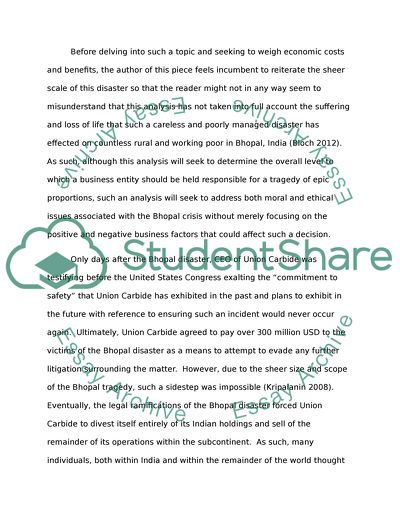Cite this document
(“Bhopal Disaster Essay Example | Topics and Well Written Essays - 1250 words”, n.d.)
Retrieved from https://studentshare.org/english/1463894-bhopal-disaster
Retrieved from https://studentshare.org/english/1463894-bhopal-disaster
(Bhopal Disaster Essay Example | Topics and Well Written Essays - 1250 Words)
https://studentshare.org/english/1463894-bhopal-disaster.
https://studentshare.org/english/1463894-bhopal-disaster.
“Bhopal Disaster Essay Example | Topics and Well Written Essays - 1250 Words”, n.d. https://studentshare.org/english/1463894-bhopal-disaster.


